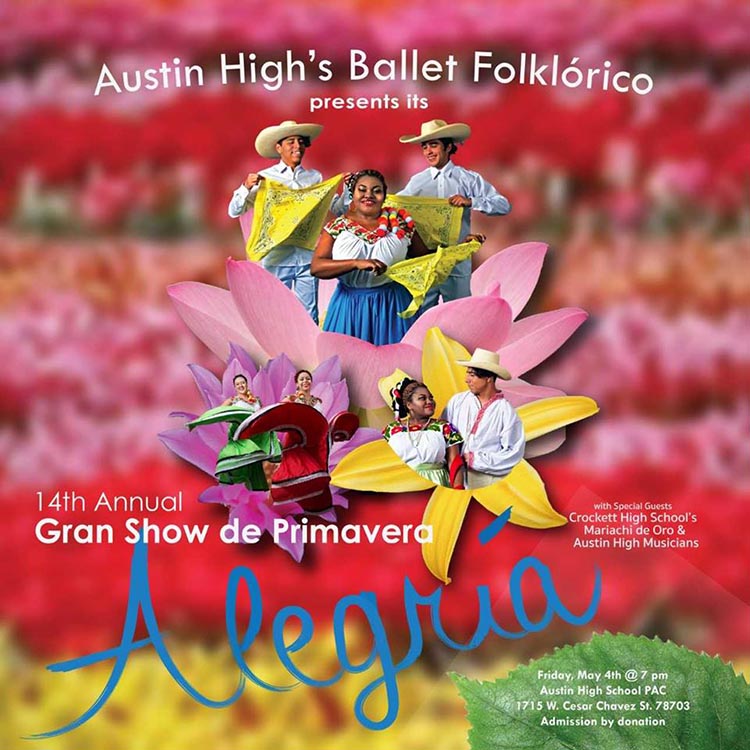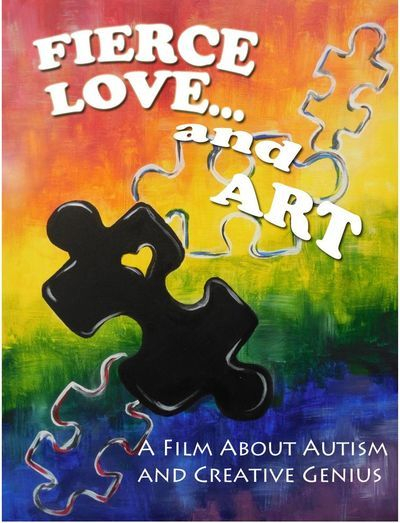Are you hopeful about the future direction of self-directed education in the United States? Where do you see our education moving in the next few decades?
The biggest barrier to self-directed education that has to be overcome—and I’m hopeful about it—is that the great majority of people just don’t know anything about it, don’t understand it, and don’t see how it will work! Most Americans are third-, fourth-, or fifth-generation traditionally schooled. School has a certain meaning for us, and there’s a lot of social propaganda about how important it is, so it’s not surprising that most people in our culture believe that school as traditionally defined is essential in order to be successful or not become homeless. We hear that all the time. But I think that the barriers can be overcome.
In the most recent statistics available from a few years ago, we saw that about 3.4 percent of American children were homeschooled, and the trend is increasing. In the past homeschooling was done primarily for religious reasons, not to add freedom to children’s lives. But now the reasons for homeschooling tend to be more about improving the learning environment, making children happier and less constrained. I think that as homeschooling becomes more common and not so weird, we’ll see the numbers increase rapidly.
We also think somewhere between 10 and 20 percent of homeschoolers are pursuing “unschooling,” but I prefer the more positive term of “self-directed education.” Both homeschooling and self-directed education allow children much more time in the day to find hobbies, discover their own interests, make friends, get involved in community activities, and all the things that are important to learning. And now there are more centers being opened to create communities and support for families who are doing this.
I see it all as a grassroots movement, and we’re heading toward a tipping point. The next stage is that there will be enough people doing this that they have some political clout. I’m not sure, but that will come when somewhere between 15 and 20 percent of families are embracing self-directed education. So what leads me to be optimistic is that we always see social change occurring slowly, gradually, as courageous people do non-normative things, but over time we reach a tipping point at which everyone knows someone who is doing it, and it no longer seems weird. It no longer seems like it’s something you’re going to be blamed for doing. That’s when real change happens. The most recent analogy is the acceptance of gay Americans and same-sex marriage. For education, I don’t know if it will take 10 years or 40 years, but we’re on a trend, and I think it will happen.
The other thing that makes me optimistic is that self-directed education is easier than ever before. The Internet has made it easy. When schools were started, there were only certain people who had knowledge and you had to go to institutions where knowledge was sequestered in order to learn. Really and truly, the Internet has now made schools obsolete. We haven’t as a society come to terms with that, but all children know that any information they need is available to them at home or anywhere by Googling it.
But what we still need is community. So i have hope that libraries will become the replacements for schools. I’d like to see libraries become community centers for activities—places for learning, recreation, and friendship. We are suffering from being isolated from each other, and there’s real value in connecting with others, especially for kids. Schools aren’t solving this problem right now.
What we’re trying to do at the Alliance for Self-Directed Education is to change from individual people trying to solve a problem to an organized movement tackling the problem. We want people to see themselves as part of the same movement, whether they’re doing unschooling at home or sending their children to a Sudbury-style school. We’re trying to create local groups to support each other.
Are there places in the country that are pushing forward faster than others in this movement?
I’m not sure we know exactly—we don’t have all the information. But it’s interesting that in Austin you have a Sudbury model school and Abrome and many unschoolers. Austin may be one of the places where there’s a real concentration of people who are interested in self-directed learning.
What new projects are you working on right now besides the Alliance?
I have a new book in mind but am not far enough along on it to talk about it. It will be about the obsolescence of schools and how their functions have been taken over by other, more efficient means.
I’d also like to mention another organization I’m involved in, which is called the Let Grow Foundation. This is run by Lenore Skenazy, who wrote the book Free Range Kids. She is concerned that we’ve really excluded kids from public spaces, and we’ve developed irrational fears about letting children be free to play and explore the world. Utah just recently passed the a “free range children” law, so the idea is gaining momentum. Lenore is the main force behind this, but I’m conducting some research and supporting it.
Thank you to Peter for taking time to talk with us! He will be speaking at four events in Austin at the end of April, so if you’re interested in his thoughts about where education is heading, you have some terrific opportunities to listen and ask questions:
What Is Self-Directed Education, and How Do We Know It Works?
Wednesday, April 25, 7pm at Abrome
Smart Schooling Book Group Discussion with Author Peter Gray
(on his book Free to Learn)
Thursday, April 26, 6pm, at Laura Bush Community Library in Westlake
Play Deficit Disorder: A National Crisis and How to Solve It Locally
Thursday, April 26, 7pm, at Laura Bush Community Library
The Biology of Education: How Children's Natural Curiosity, Playfulness, and Sociability Serve Their Education
Friday, April 27, 7pm, Clearview Sudbury School
Shelley Sperry
Sperry Editorial

















